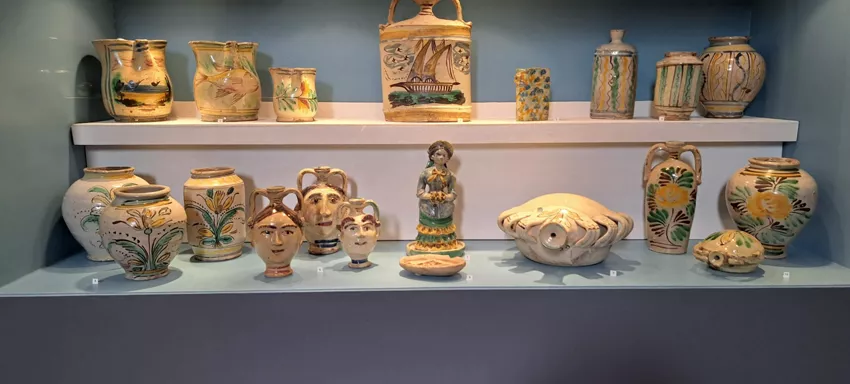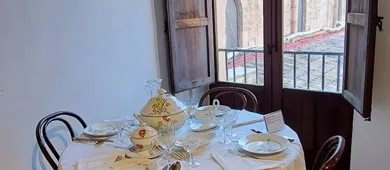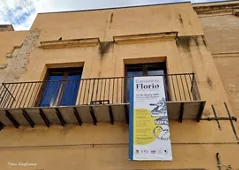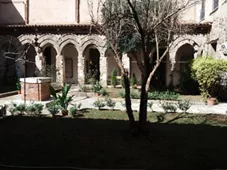



Overview
The Church of the Holy Trinity, with the adjoining Cistercian Abbey, was founded in 1191 by Matteo Ajello, Chancellor of the Norman Kingdom. In 1197 it was handed over to the Order of the Teutonic Knights, becoming its headquarters, known as the Mansio. This is the last building built by the Normans in Palermo, combining a geometric structure of Fatimite derivation, visible in the external wall face and façade, with a distribution of interior spaces of Nordic origin. Among the works of art that can be admired inside the church are two 16th-century holy water basins on either side of the entrance, the tomb of Francesco Perdicaro (who died in 1576) by Vincenzo Gagini, a Virgin and Child and a Christ Blessing from the 16th century, both from the workshop of Gagini, a tabernacle from 1528 and a Madonna painted on slate, a late Gothic marble triptych with a Madonna and Child and Santa Caterina in the centre, and a Pietà by Campini from 1953, which was placed at the entrance in place of a sculpture by Vincenzo Gagini, destroyed by bombing during the Second World War. The floor of the church also contains tombs of Teutonic Knights from the 15th century, whose cenotaphs are displayed in rooms adjacent to the cloister. The latter, being maimed on the short sides, is located to the west of the church, as the original Cistercian monastery suggests. Through a door to the left of the façade, access can be gained to the Chapel of Santa Cecilia, containing valuable frescoes such as those of the Crucifixion and a red ochre sinopia of the same scene.